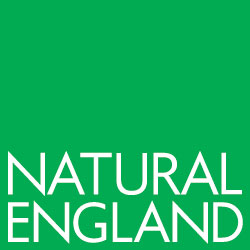Farming in conjunction with wildlife
Saya Harvey, an arable farmer from the East Midlands talks about why farming in conjunction with wildlife is fundamental to farming.
At Manor Farm, we farm in conjunction with wildlife and the environment because biodiversity is important for many of the natural processes that are so fundamental to farming. We have been in an agri-environment scheme since 1994 and, as different habitats have developed, we have seen an increase in bird species, invertebrate fauna and small mammals on the farm. Crop walking is also much more interesting when you spot a barn owl soaring or a family of long tailed tits bobbing along a hedgerow. “
“Since we established margins around the fields we have seen a decrease in the amount of insecticide used on the arable crops. Aphid control has been unnecessary during the summer months for over 20 years and this is due to the presence of natural predators in our field margins and hedgerows. Pollinators do another important job with flowering crops like oilseed rape and field beans and we have several areas of pollen and nectar mix to help build populations of bumblebees. Habitat for pollinators is a priority for agri-environment funding as many native bumblebee species are becoming increasingly rare.
Hedgerows are another very important wildlife habitat and landscape feature and we have planted approximately two-and-a-half kilometres of hedge on the farm over the past 30 years. We now manage our hedges by traditional laying and trimming, which results in tall, wide and thick canopies with berries in the winter but also nice tight thorns to protect nesting birds from predators. “Other habitats on the farm include a 15-yearold woodland and several ponds that have been established where ancient field drainage has collapsed. The management objective is to create typical native woodland but, for now, the thinnings provide a fuel source for our wood-fuelled district heating system.
Since planting the woodland, we have seen an increase in the number of bird species on the farm from 45 species to 60, including a pair of barn owls that have taken up residence in one of our barn owl boxes. A permissive right of way through the new woodland ensures that our whole community enjoys our farm, the wildlife and landscape.

Find out more about the work farmers across the country are doing to maintain and enhance the environment in the NFU report: United by our environment, our food, our future.

You can submit your own Green Action case study for inclusion on this page...






